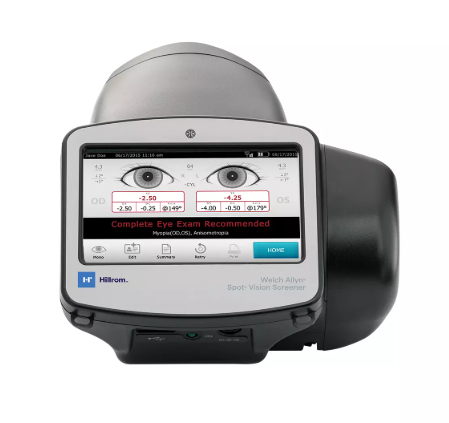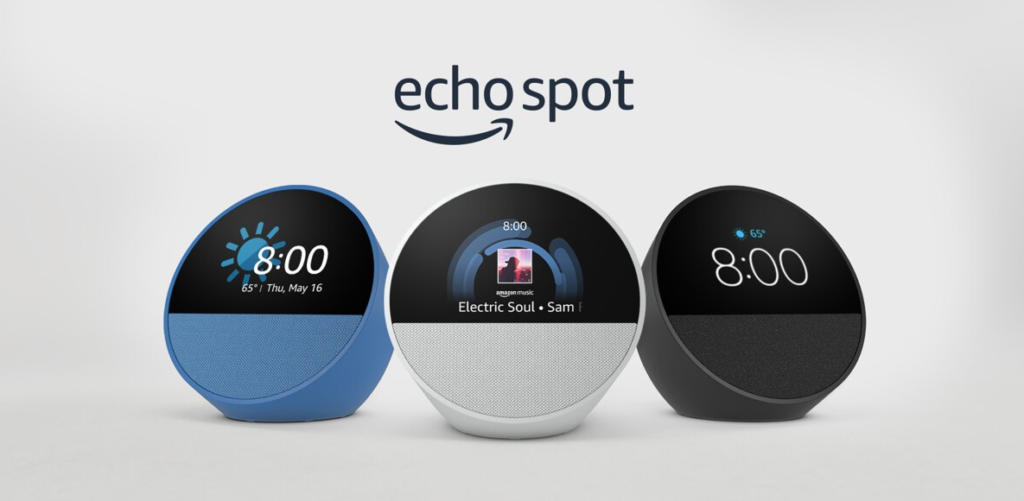In today’s digital age, Spot screen are our windows to the world. Whether on a smartphone, laptop, or TV, the quality of your screen can directly impact your productivity and entertainment. But what happens when you notice tiny flaws like dead pixels or uneven brightness? This is where understanding and maintaining your spot screen becomes essential.
In this guide, we’ll dive into how to test, identify, and fix spot screen problems, ensuring your device remains in top shape.

Image – Source
What is Spot Screen, and Why Does It Matter?
A spot screen is essentially a flawless display that showcases uninterrupted visuals without issues like dead pixels, color distortions, or uneven brightness. With devices becoming more advanced, the importance of maintaining screen quality cannot be overstated.
Why It Matters:
- Enhanced Visual Comfort: Flawless screens minimize eye strain, especially during prolonged use.
- Seamless Experience: Whether you’re gaming, working, or enjoying a movie marathon, uninterrupted visuals ensure complete immersion.
- Device Longevity: Addressing issues early prevents small flaws from escalating into significant problems.
For example, a single dead pixel on a phone may seem trivial but can grow into a distracting patch over time if not addressed.
Key Features and Benefits of Spot Screen Technology
Modern spot screens are built to offer exceptional clarity and durability, along with easy to use diagnostic tools.
Enhanced Visual Clarity
Spot screens use advanced pixel technology to render lifelike images and videos. This is especially important for tasks like graphic design or video editing, where precision is key.
Built in Testing Tools
Many devices now include diagnostics to help users identify screen issues without requiring professional assistance. Tools like the Dead Pixel Test make it simple to pinpoint problems.
Durability Features
Spot screens are designed to resist scratches, minor impacts, and everyday wear. However, regular maintenance is still necessary to ensure long term functionality.
How to Identify Spot Screen Problems
Spot screen problems can arise for various reasons, from manufacturing defects to environmental factors. Here’s how to spot the signs early.
Common Symptoms of Spot Screen Issues
Problem | Symptoms | Possible Cause |
Dead Pixels | Black or bright dots on the screen | Manufacturing defect or physical damage |
Flickering Screen | Rapid changes in brightness or colors | Faulty connections or driver issues |
Color Distortions | Washed out or oversaturated colors | Calibration errors or aging hardware |
Brightness Issues | Dim areas or uneven lighting | Backlight issues or settings problem |
How to Test for Problems
- Solid Color Tests: Display solid colors (white, black, red, green, blue) to identify dead pixels or uneven lighting.
- Pattern Tests: Use checkerboard or gradient patterns to detect distortions.
- Online Tools: Websites like Dead Pixel Test provide free, easy to use diagnostics.

Image – Source
Top Tools to Test Spot Screens
Testing tools make it simple to identify screen flaws. Here’s an overview:
Online Testing Platforms
- Dead Pixel Test: Quickly identifies faulty pixels using solid color screens.
- Screen Check: Evaluates brightness, contrast, and color accuracy.
Built In Diagnostics
Modern devices often include diagnostic tools:
- Android Devices: Enter
*#0*#into your phone’s dialer to access test modes. - Windows PCs: Use the Windows Display Calibration tool under Settings > Display.
Third Party Apps
Applications like Pixel Fixer and Display Tester provide additional functionality, including potential fixes for minor pixel issues.
Common Causes of Spot Screen Problems
Understanding the root causes of screen problems can help you avoid them in the future.
Hardware Malfunctions
- Pixel Burnout: Prolonged display of static images can damage pixels.
- Backlight Failure: Aging backlights may dim or develop uneven brightness.
Environmental Factors
- Extreme Temperatures: Heat and humidity can degrade screen performance.
- Physical Impact: Dropping your device can crack the screen or disrupt internal connections.
Software Bugs
- Outdated drivers or software glitches may cause flickering or distortion. Updating your software often resolves these issues.
Easy Fixes for Spot Screen Issues
Not all screen problems require professional intervention. Here are some simple fixes:
Adjust Display Settings
- Go to your device’s display settings and tweak brightness, contrast, and color balance.
- Enable features like adaptive brightness for consistent performance in varying lighting conditions.
Perform a Software Update
- Updates often include patches for display related bugs. Ensure your operating system and graphics drivers are current.
Quick Fixes
Issue | Fix | Difficulty Level |
Dead Pixels | Use apps like Pixel Fixer | Easy |
Brightness Problems | Adjust settings or replace backlight | Moderate |
Flickering | Update drivers or check connections | Moderate |
Cracked Screen | Professional repair or replacement | Difficult |
Advanced Solutions for Persistent Problems
Replacing Hardware Components
If dead pixels, brightness issues, or distortions persist, replacing the faulty screen or backlight might be necessary. Contact your manufacturer for genuine parts.
Consulting Professional Repair Services
For severe damage like cracks or persistent glitches, authorized repair centers are your best option. They provide reliable fixes and often offer warranties for their work.

Image – Source
How to Prevent Spot Screen Problems in the Future
Preventive care goes a long way in keeping your screen functional:
Regular Maintenance
- Clean your screen weekly using a microfiber cloth to prevent dust buildup.
- Avoid harsh chemicals that can damage the screen coating.
Smart Usage
- Reduce strain on your screen by enabling sleep timers and lowering brightness.
- Use screen protectors to guard against scratches and minor impacts.
Conclusion
Spot screens are vital for a seamless user experience. By learning to test, identify, and fix common issues, you can extend your device’s lifespan and enjoy uninterrupted visuals. Whether you’re using online tools, built in diagnostics, or professional services, maintaining screen health doesn’t have to be complicated. With regular care and the right tools, you can ensure your screen stays flawless for years to come.
FAQ Can spot screen problems permanently damage my device?
Some issues, like screen burn in, can be irreversible. Early detection is key.
Are online tools reliable for testing screen issues?
Yes, tools like Dead Pixel Test provide accurate diagnostics for common problems.
What should I do if my screen keeps flickering?
Check for updates, restart your device, and test with a diagnostic app. Persistent flickering may require professional repair.
How can I fix uneven brightness?
Try adjusting brightness settings or calibrating your display. If it persists, consider hardware fixes like replacing the backlight.
When should I replace a cracked screen?
If the crack affects functionality or visibility, replacement is the best option.
Can screen protectors prevent all damage?
While protectors guard against scratches, they won’t prevent internal hardware damage.
What’s the best way to maintain screen health?
Clean your screen regularly, avoid overexposure to heat or moisture, and use adaptive brightness settings.
